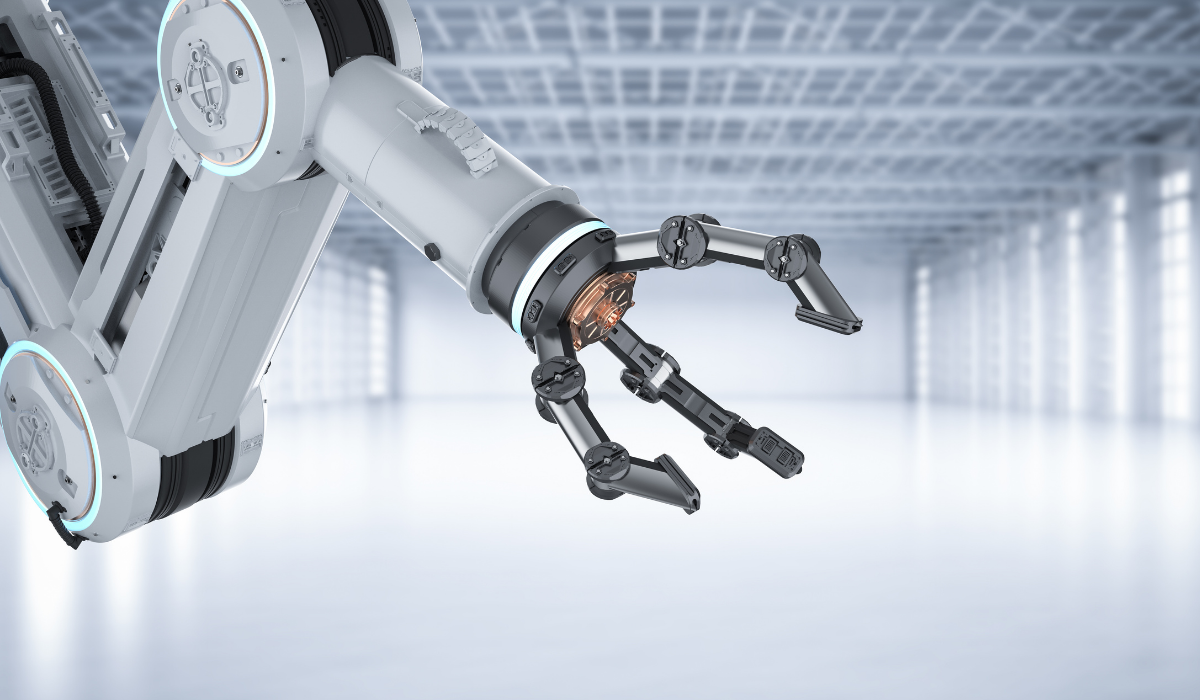Automation in Retail - Let’s get to know more about it. 
Automation of data-driven enterprise started around the 1960s with the introduction of planning and resource systems. Who knew that it would be at the point it is today with the addition of artificial intelligence and robotics, making ground-breaking leaps for humankind?
The likes of Tesla create cars that drive themselves, Amazon creating retail stores that run themselves, and even 3D printing that can print actual organs. Mind-blowing, isn't it? But what exactly does automation and robotics encompass, and what is its place in retail currently?
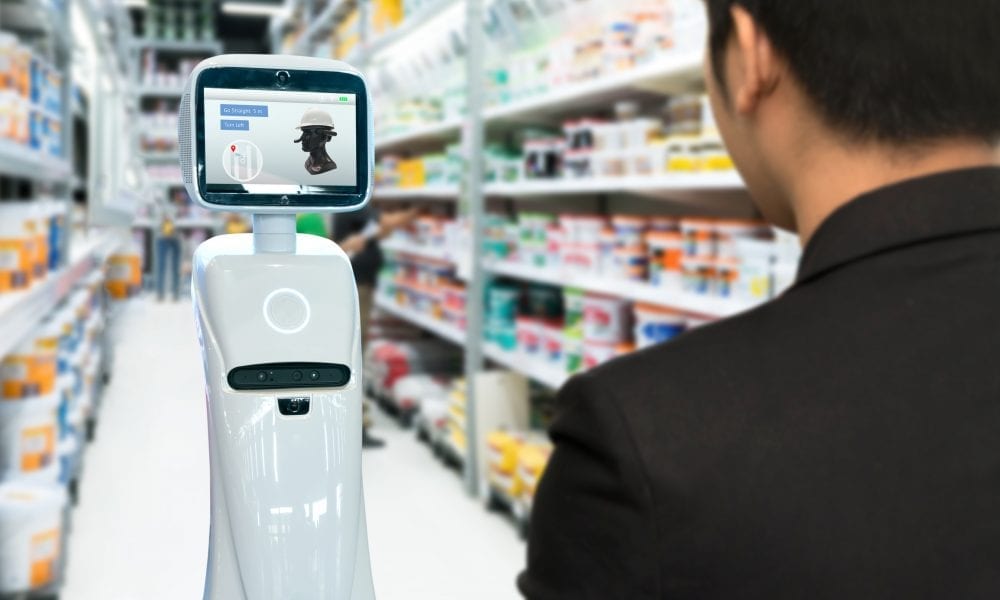
In a nutshell, data-driven Automation is implemented by companies to help in reducing costs, improve efficiencies, and boost customer experiences. Retail Automation is all about using innovative tools and technology to improve processes and ensure efficiency in operations. It often includes software or technology solutions to precisely and consistently complete tasks that are otherwise too time-consuming or repetitive for employees to do. Virtual schemes and physical automation methodology can be used for many simple functions, such as a digitised thermostat. It can also perform highly complex processes, such as in-vehicle manufacturing and is occasionally driven by artificial intelligence or machine learning. The terms automation and robotics are often used interchangeably, although they are seen as two separate entities. Robotics combines engineering and computer science (automation software) to design and build robots to perform tasks. No matter the distinct difference; the two-work hand in hand to fulfil an automated process.
So, how does Automation benefit retail?
Better operational efficiency. Automation helps you determine the quickest and most accurate way to complete a task. This means that your business can run more efficiently, regardless of the number of processes it handles at a time.
Reduced labour cost (once the initial investment is paid off) By introducing automation to handle those time-consuming, tedious, and repetitive retail tasks it makes processes a lot easier for your staff, helping you bring down your expenses in the process.
Improved Scalability. Automating workflows helps you adjust processes for growth instead of building new ones and easily scales up to meet the needs of a growing retail business.
Better business safety. Retail stores can use currency detectors, authentication scanners, and other identity authentication tools for better safety management. In addition, retail automation software helps to decrease fraudulent activities by a large percentage while protecting your business at the same time.
Less ‘human’ mistakes. It can be said that most human errors occur due to distraction or fatigue. Automating repetitive tasks and backup system processes is a way to compensate for those possible mistakes and improve efficiencies. The use of automation can assist staff by reducing the number of laborious manual tasks they would have to complete, hopefully increasing their general productivity. Additionally, technology includes precision in inventory management that we humans humbly cannot match.
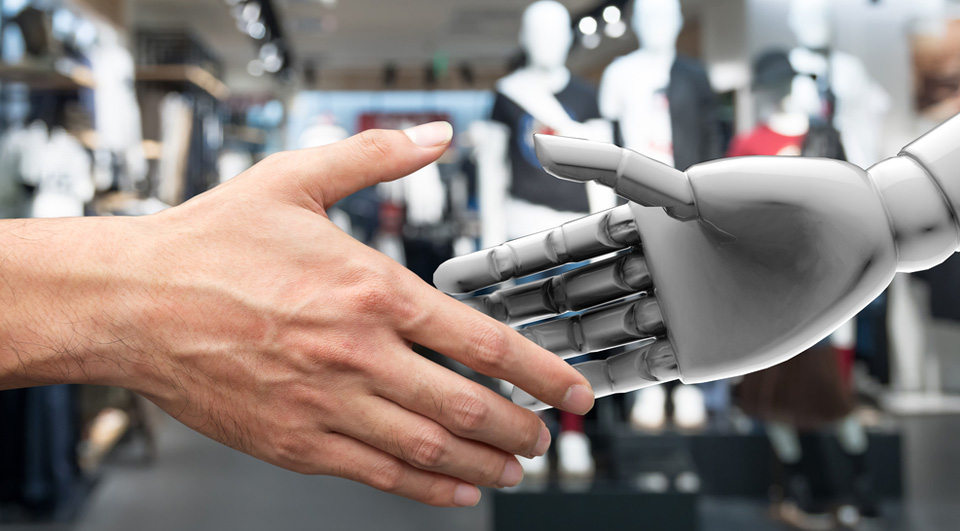
Significant automation developments in retail are seen, for example, In Amazon Fresh stores, London. Where technology allows customers to pick items up and walk out of the store without using a till. Instead, shoppers are to scan a QR code upon entry into the store. This QR code is then linked to their Amazon account. These stores work by using the same technologies found in self-driving cars, such as sensor fusion, computer vision, and deep learning. This technology can detect when products are taken or returned to the shelves and keeps track of them in your virtual cart. Then, when you leave the store with your goods, your Amazon account is charged, and you are sent a receipt.
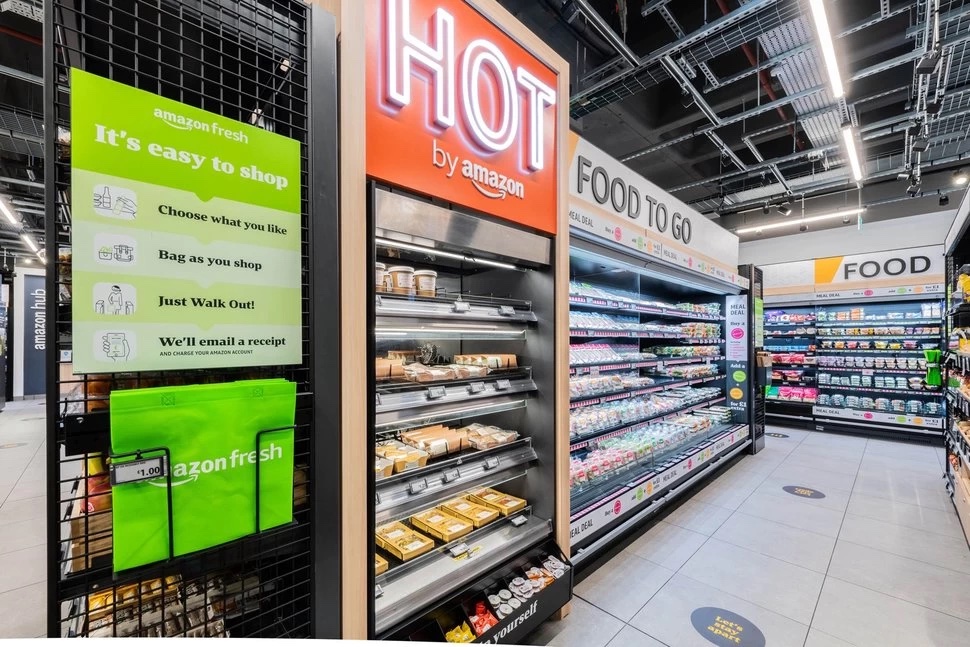
BonBot, a Swedish Café whose concept is tailoring treats by making them simple to access and enjoy through their robot operated smart platform, is another example of an automotive leap for retail. BonBot is a sustainable mobile-first retail concept, powered by robots allowing for food experiences at scale. They have created a great end-to-end technical platform that enables them to let humans craft the best recipes and focus on their guests whereas robots perfect the final prepping, and their software takes care of everything else. This enables them to offer great tasting quality to urban dwellers on the go, without them having to pay silly prices. The brand aims to expand on their flagship store to establish another 4-5 units in Stockholm, starting with Sturegatan 20 by Humlegården.
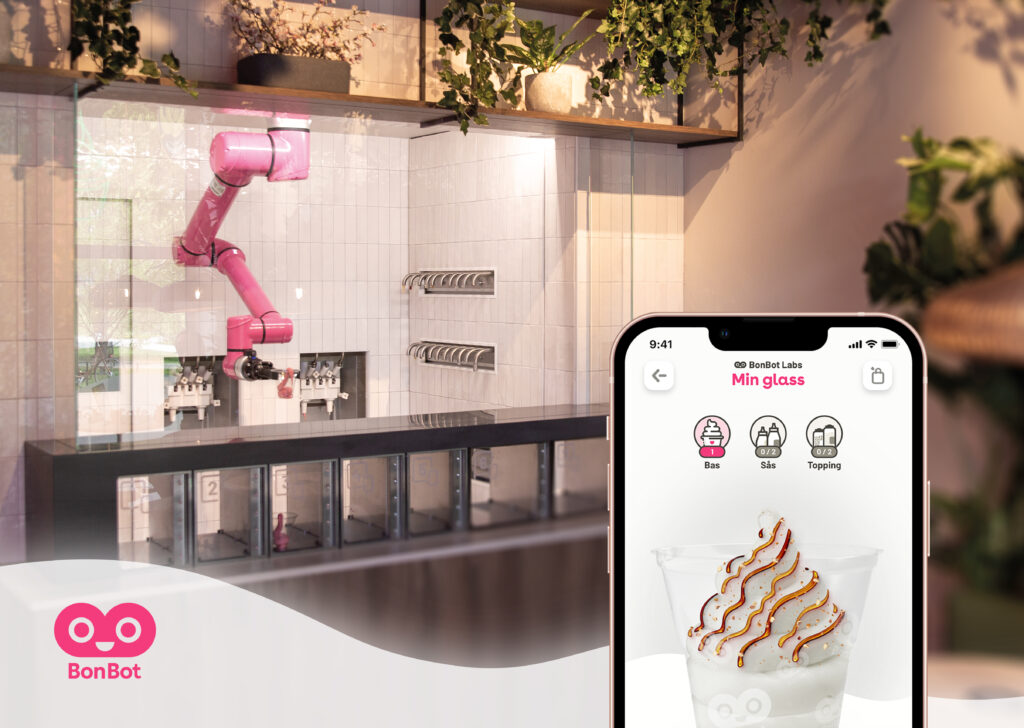
BonBot is another excellent example of utilizing automation and robotics to take over the mundane and repetitive tasks in retail, allowing for humans to focus on their creativity and physical connections. CRMP can’t wait to host BonBot on our Soapbox stage at this year’s Completely Retail Marketplace Nordics Event, taking place in Stockholm on the 8th of June. The Soapbox stage faces a targeted audience of Marketplace’s attending property professionals, all of whom are keen to discover exciting and unique brands that would match their available sites. With its unique Automotive café concept, I’m sure BonBot will be able to make valuable connections and increase its physical presence as intended.
To conclude, there is no doubt that retail is transforming into a more automated model, meaning that your strategies to reach target customers and provide services should also change. Therefore, keeping a close eye on emerging technologies and trends is essential to bringing efficiency and progression to your retail business.

